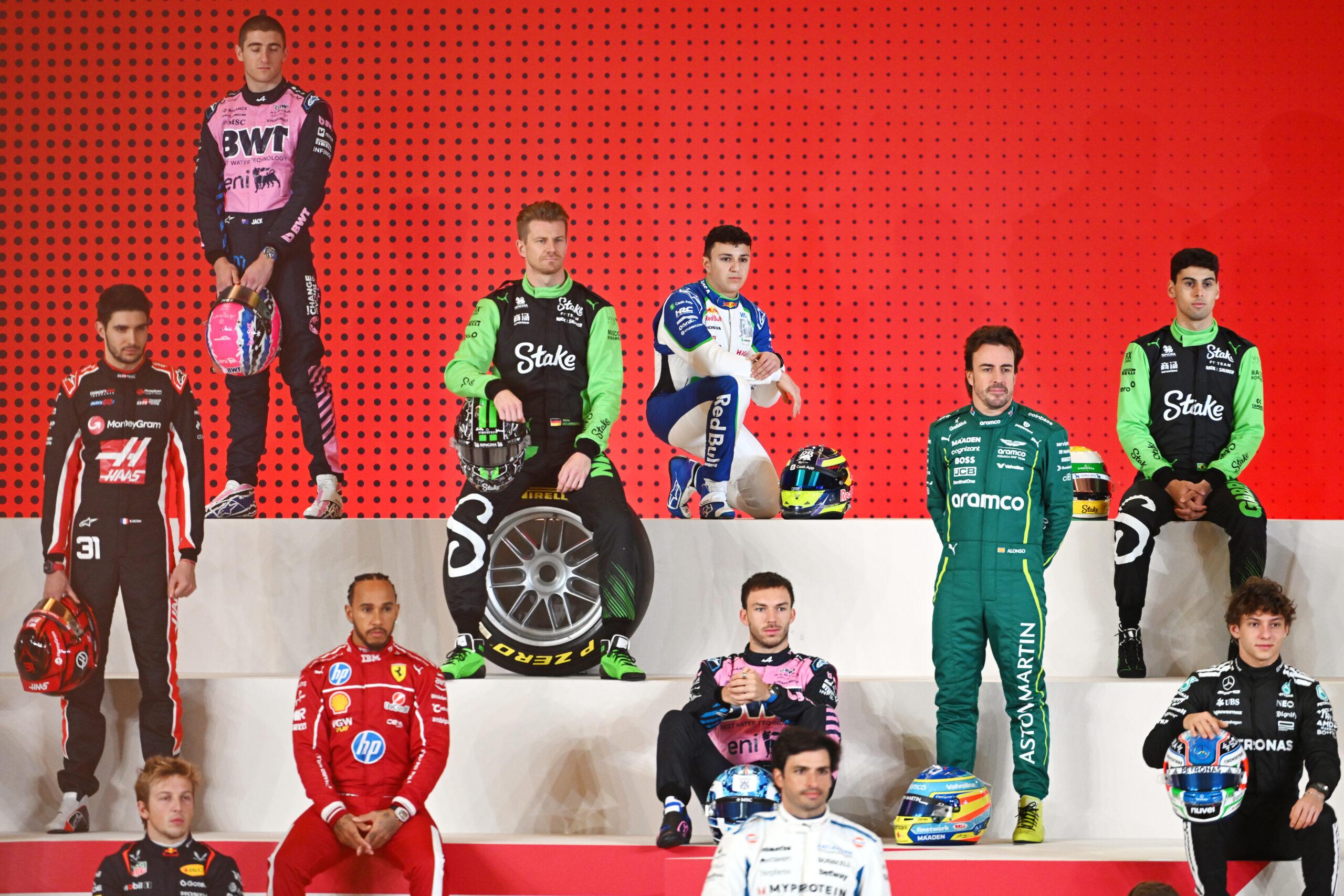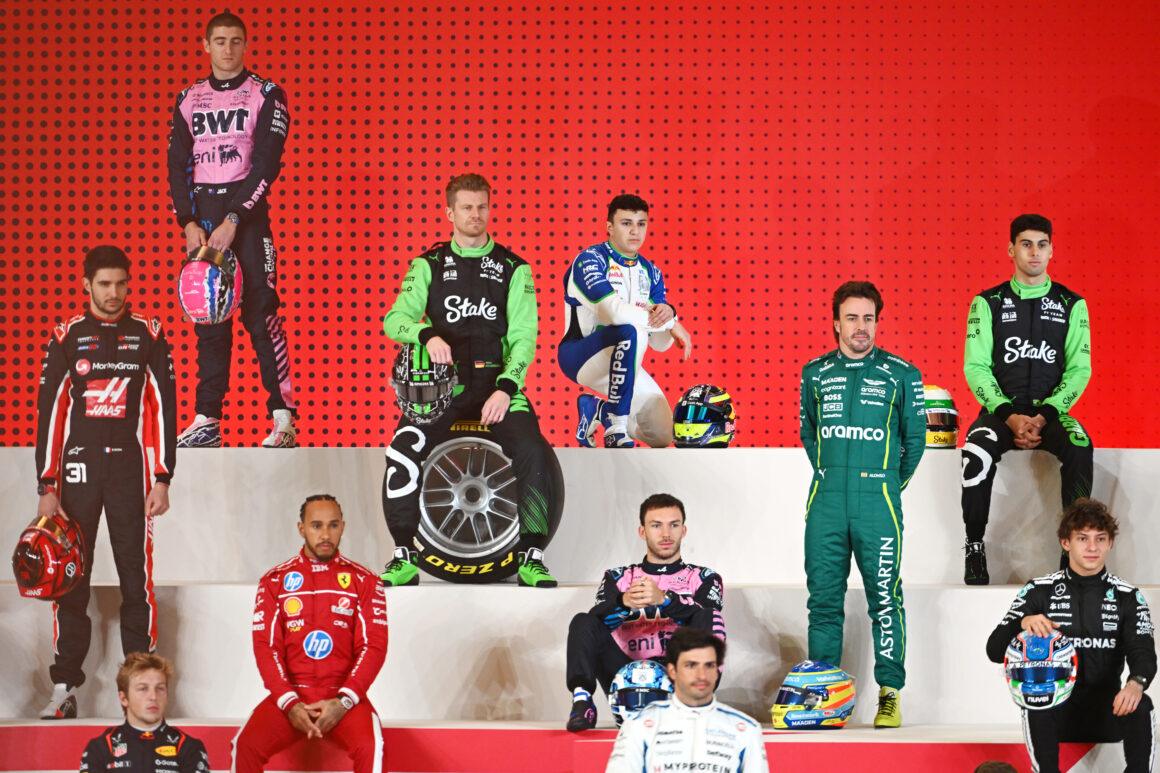The United States doesn’t flirt with Formula 1. It speed-dates it, ghosts it, then comes back with three races and a fireworks budget. From Indianapolis ovals to neon-soaked Las Vegas sprints, America has hosted more venues than any other country. That’s not hype. That’s the stat sheet talking.
Today, the US boasts a trio: Austin, Miami, and Las Vegas. But the road here? Messy, glorious, and very American. Some were hits. Some were “File this under: Yikes.” Let’s sort the legends from the parking lots.
Current US F1 Circuits
Circuit of the Americas (Austin)
Opened in 2012, COTA is the US’s modern F1 home base. It’s a permanent race facility with elevation, a brutal Turn 1, and a sector that cosplays Suzuka’s esses. When it’s on, it’s racing heaven. When it’s not, the wind plays favorites like it’s a Red Bull fan.
This is the United States Grand Prix. The track’s signature move? That uphill launch to Turn 1 where late-brakers go to dream big and lock up bigger. Austin didn’t just join the calendar; it made the USGP credible again.
Miami International Autodrome (Miami)
Debuted in 2022 around Hard Rock Stadium. It’s a temporary street-style circuit with purpose-built sections. Translation: part glitz, part awkward chicanes. The layout serves mid-speed rhythm and a long back straight for DRS drags. The heat shows up like it owns the place—tires scream, strategies melt.
Miami’s vibe is spectacle-first. Does it deliver wheel-to-wheel? Sometimes. But in the US arms race for eyeballs, Miami’s vibe is the crown jewel. Somewhere, a PR manager just had a minor stroke—and loved it.
Las Vegas Strip Circuit (Las Vegas)
Launched in 2023, the Strip Circuit turned Formula 1 into a neon heist movie. It’s a legit street circuit on Las Vegas Boulevard, long straights, heavy braking, and slipstream chaos. Cold night temps? The track turned finicky and unpredictable. Drama showed up like that friend who always causes trouble at parties.
Las Vegas didn’t just host a race; it staged an event. Lights out and away we… oh wait, Vegas already won. The competition? Reduced to expensive spectators.
Past US F1 Venues: The Wild, the Weird, and the Legendary
Indianapolis Motor Speedway (Indianapolis 500)
From 1950 to 1960, the Indy 500 counted toward the F1 World Championship. Yes, an oval. No, most F1 regulars didn’t bother. Different cars, different worlds. But on paper, it’s part of the F1 World Championship history. Purists can breathe; we said “on paper.”
It’s the earliest US footprint on the championship. And it proves one thing: America and F1 have always had a complicated relationship. Like Verstappen and subtlety.
Watkins Glen (United States Grand Prix – The Glen)
The classic. Hosted the USGP for decades and turned up some of the sport’s most storied weekends. Fast, flowing, and adored by drivers. Old-school road racing energy with a sting in the tail.
Watkins Glen wasn’t flashy. It was honest. Drivers who mastered it didn’t just win; they sent everyone else back to karting school.
Long Beach (United States Grand Prix West)
A streets-of-Long-Beach brawler that delivered proper city racing before it went full-time IndyCar. Think hairpins, walls, and mistake-free laps or else. The vibe? California cool with concrete consequences.
When it worked, it was Monaco with manners. When it didn’t, it was carbon fiber confetti. The plot thickens like the stewards’ report pile.
Detroit Grand Prix (Detroit)
1982 to 1988. Rough streets, tight corners, and attrition heavy enough to make mechanics weep. It was a test of survival more than speed. Another masterclass in how NOT to design a flowy circuit.
Did it belong on the calendar? Depends if you enjoy watching cars hop over bumps like lowriders. File this under: Yikes.
Phoenix (United States Grand Prix – Phoenix)
Late ’80s to early ’90s experiment. Hotter than a laptop on a duvet. Crowds? Sparse. The heat hit levels that would make Hell consider air conditioning. Even the shade tried to leave.
Racing quality? Limited. Historical value? It happened. That’s the nicest way to say it.
Caesars Palace (Las Vegas, 1981–82)
Yes, they raced in a casino parking lot. No, it wasn’t a good idea. The layout looked like someone traced a ruler through a headache. Delivering spectacle? Not really. Delivering blisters and complaints? Absolutely.
Consider this the awkward prequel to modern Vegas. Channeling 2016 Mercedes, except nobody asked for that sequel.
Sebring (United States Grand Prix)
Used once in 1959. A rugged, airfield-style track with bumps that demanded respect. It was raw, real, and temporary. Like a garage band that played one great set and vanished.
Historical footnote, yes. But it showed that American venues could throw a proper challenge at F1 machinery.
Riverside (United States Grand Prix)
Another one-off (1960). A classic American road course, fast and flowing, with enough danger to keep drivers honest. Minimal glamour, maximal commitment. The kind of place where the brave banked points.
Did it stick? No. Did it matter? It proved the US had road courses that deserved respect.
Why the US Hosts So Many Different F1 Venues
Simple: market size, geography, and showmanship. The States are massive, diverse, and addicted to big events. F1 expanded from European roots into global showbiz, and the US answered with multiple venues, multiple identities. Beach vibes in Miami. Cowboy grit in Austin. Neon chaos in Vegas.
From Europe-heavy calendars to global expansion, F1’s recent growth pushed into America hard. Of the many circuits added since 1999 worldwide, the US portfolio grew fastest and loudest. Because subtlety doesn’t sell T-shirts.
US Grands Prix: Names, Numbers, and Notables
The US has hosted 70+ World Championship Grands Prix under several titles, across ten distinct venues. That’s the most circuits by any country. Variety is the brand. Consistency? That took time—and Austin delivered it.
Today, the United States Grand Prix (Austin) is the anchor. Miami and Las Vegas joined as headline acts. Lights, cameras, tire blankets. The competition? Reduced to expensive spectators.
Signature Moments and Styles
Think Watkins Glen classics, Long Beach grit, and Vegas night drama. Add Indy’s statistical quirk from 1950–60. It’s a wild tapestry. Grab your popcorn, the US is at it again. And again.
Signature moves? Austin’s Turn 1 lunges. Miami’s DRS drag races. Vegas’s brake-zone bravery—the kind that makes drivers question their career choices.
Quick Reference: US F1 Venues
- Current: Circuit of the Americas (Austin), Miami International Autodrome, Las Vegas Strip Circuit
- Historic: Indianapolis 500 (1950–60, World Championship count), Watkins Glen, Long Beach, Detroit, Phoenix, Caesars Palace, Sebring, Riverside
The Verdict: America’s F1 Identity
America tried everything. Road courses, street circuits, ovals, and, yes, parking lots. Some stuck. Some flopped harder than a two-stop strategy on a one-stop race. But the ambition? Unquestionable.
Now the US runs a three-race empire. Austin is the purist’s pick. Miami is the glitzy gambit. Vegas is the blockbuster. The US didn’t just join F1’s future—it’s helping write it in bold neon. The plot thickens like the calendar.

